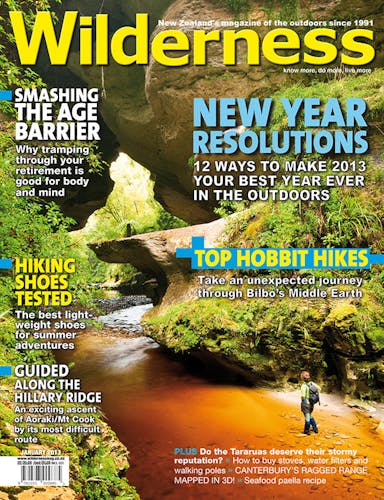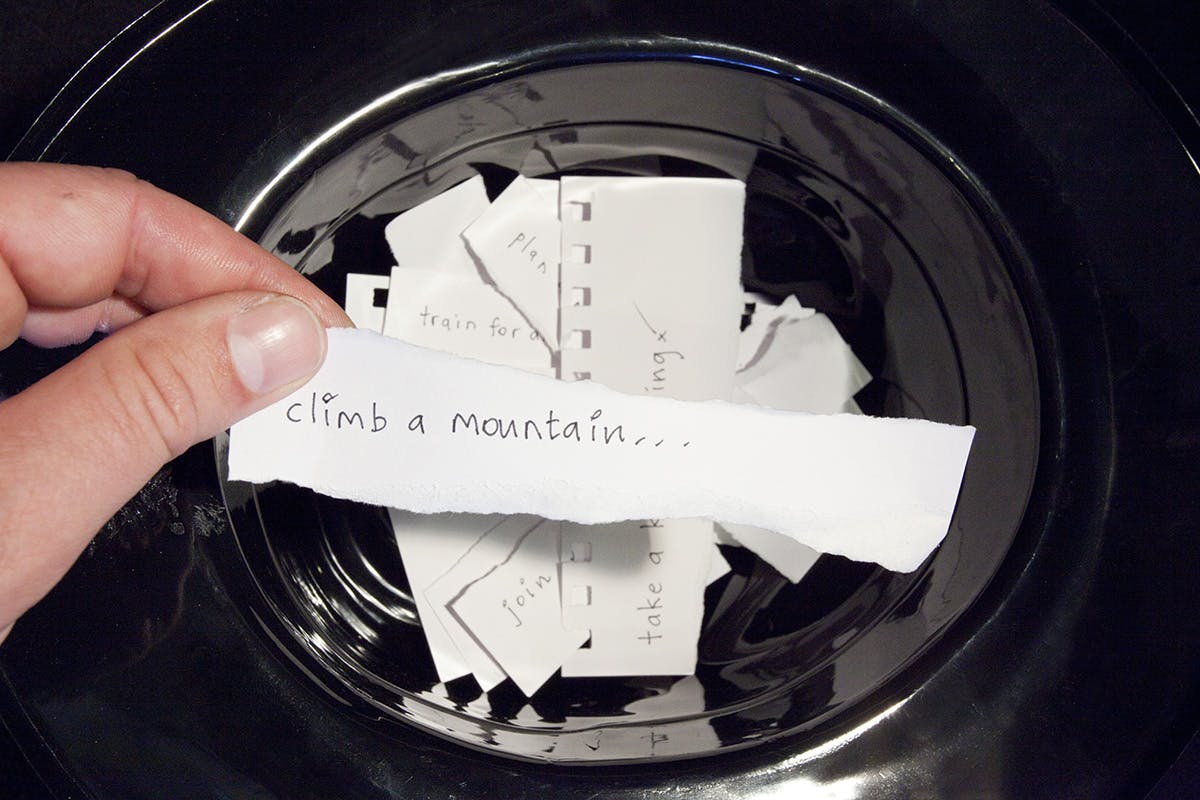With the New Year spread out before you, don’t let this opportunity slip through your hands. Make the coming year your best ever. Now is the best time to dream, to plan, to be inspired. Wilderness has served up 12 challenges for you to tackle, one for each month of the year. As the saying goes, ‘Life is what happens when you’re busy making other plans’. So put your boots on and go for it…
1. Use a ‘random challenge generator’
If you’re indecisive, or unsure about what to do, this is a fun, spontaneous way to make up your mind. Firstly, brainstorm all the possible ideas of what you can do in the New Zealand wilderness this year – by foot, on a bike, or even in a boat. Write each option on a scrap of paper, and put all the pieces into a hat. Pick out a single idea, and commit to doing that one first.
It is said that indecision is the key to flexibility, but the reverse is also true; write down your new idea into your diary, and stick to it like glue. It is widely known that limiting your options will force you to become more creative, resourceful, and make you push the boundaries.
TIP Step out of your comfort zone. Don’t go to the same old places with the same old people. As the mantra goes, ‘If you always do what you’ve always done, you’ll always get what you’ve always got.’
2. Get fit
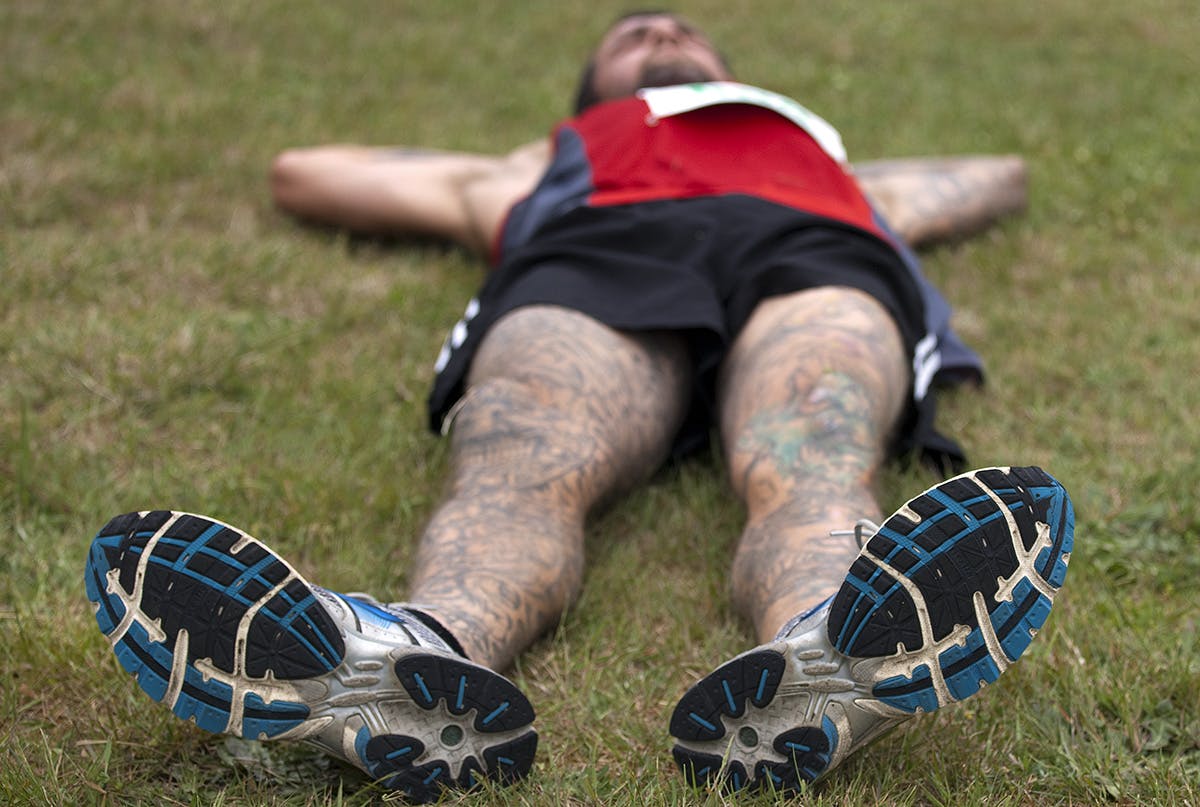
No pain, no gain. Getting fit takes self-discipline, but the rewards are well worth the effort. Photo: Ray Salisbury
This is the hardest one on our list, but the most essential if you’re to enjoy the great outdoors. Regular exercise could merely mean biking to work each day, or it could mean implementing a full-on jogging schedule. Settled summer weather is the best time to give your body a physical tune-up. You’ll feel years younger, and ready for the next challenge.
TIP Getting fit can be a solitary pastime, so buddy up with a friend for mutual accountability.
3. Take a kid tramping
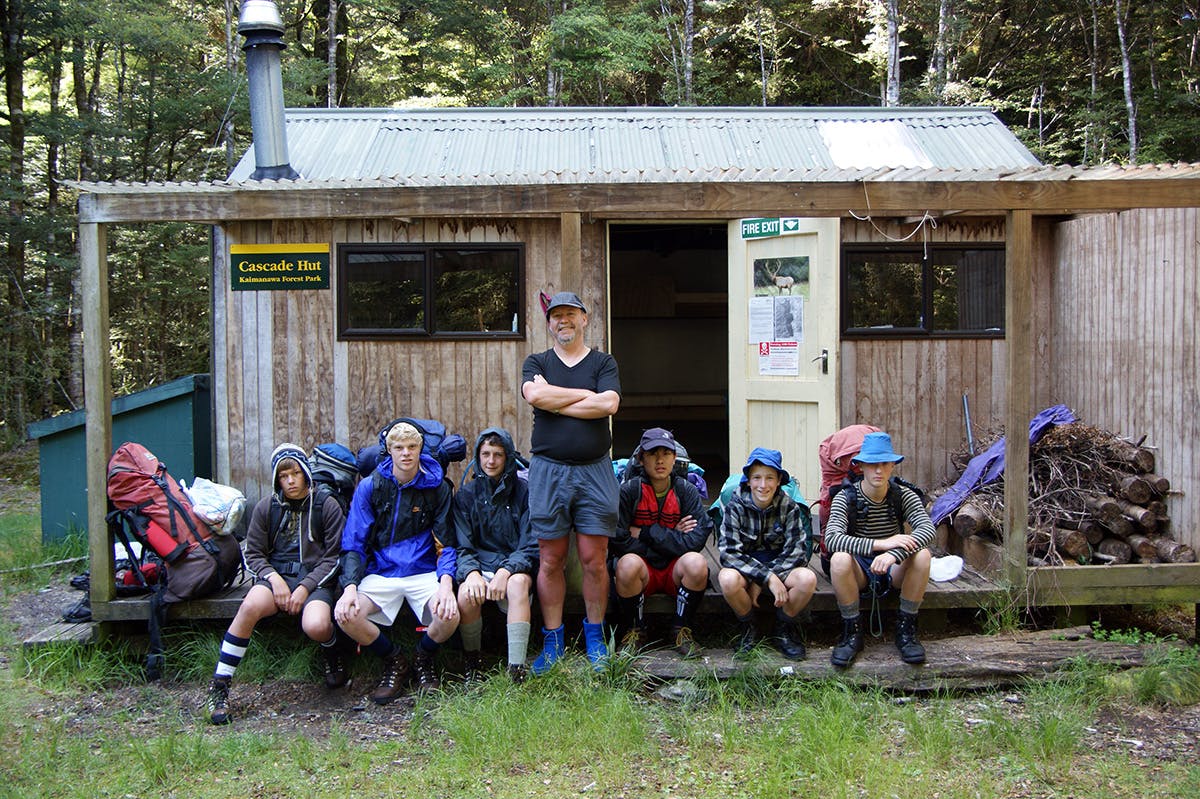
The author leads a school group to Cascade Hut, Kaimanawa Forest Park. Photo: Ray Salisbury
Been all over New Zealand? Done it all? Perhaps it’s time to invest in the younger generation. Drag a teenager away from their MP3 players, cell phones and Play Stations for a weekend of back-to-basics. Teach them self-sufficiency, how to light a fire, how to navigate using a map and compass. Involve the children, and when you’re older, they might be the one carrying all the heavy gear for you!
With younger children, it’s best to wait for a fine forecast and shorten the walking distance to suit tired young feet. An appealing destination helps. Huts to visit, streams to dam, stuff to play with en route can all distract a child from the mundane ‘plod, plod, plod.’ With older children and teenagers, it’s imperative to bring their friends, or merge with another family.
TIP Check the Wild families column or search for Family trips on this website for tips on taking your children into the outdoors, and realistic places to visit.
4. Explore your local parks
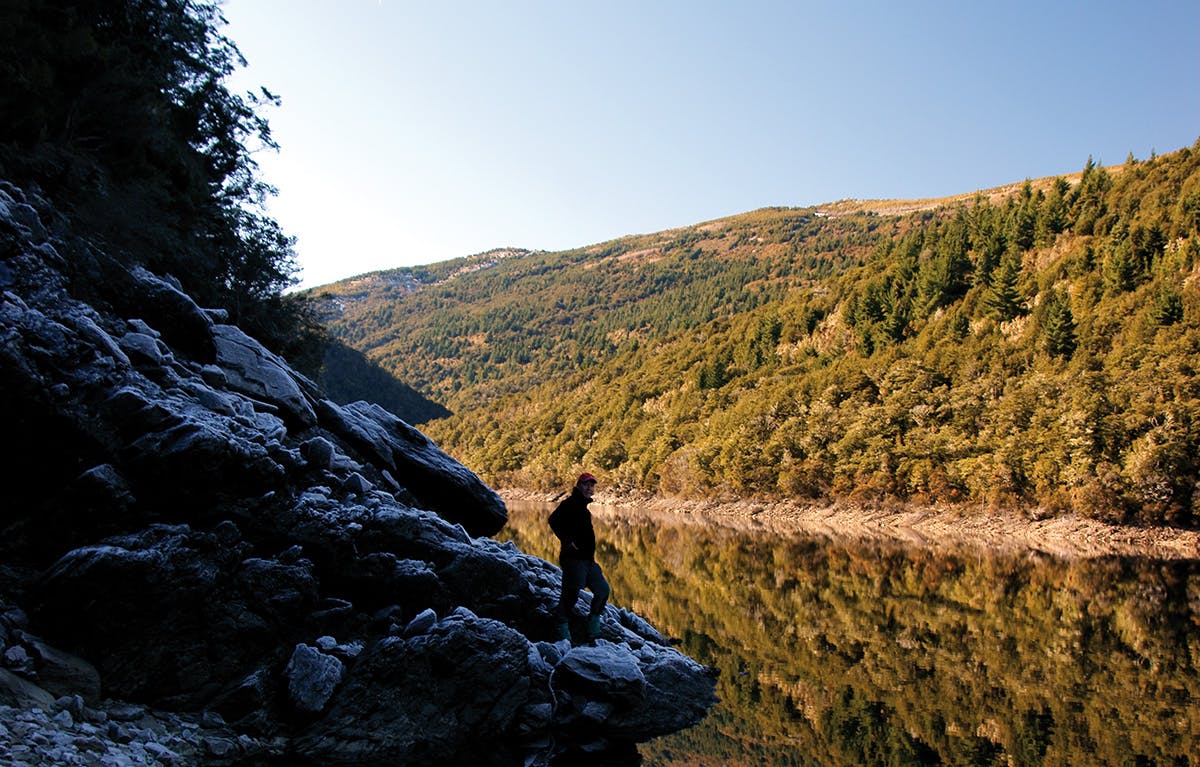
The author explores his local lake in Mt Richmond Forest. Photo: Ray Salisbury
Most of us are so busy, we must take time outside of our regular schedules to visit wilderness areas we haven’t set foot in. To really feel an affinity for the land; to build an emotional tie with a place, you must spend quality time there. How intimately do you really (I mean really) know your ‘local’ park – whether that be a forest, regional or national park? Have you walked all the tracks, darkened the door of all the huts, canyoned the creeks and identified your favourite birds and where they like to nest?
Could you help write the next guidebook on this area?
TIP Visit www.doc.govt.nz to see the complete list of our 14 national parks.
5. Climb a mountain
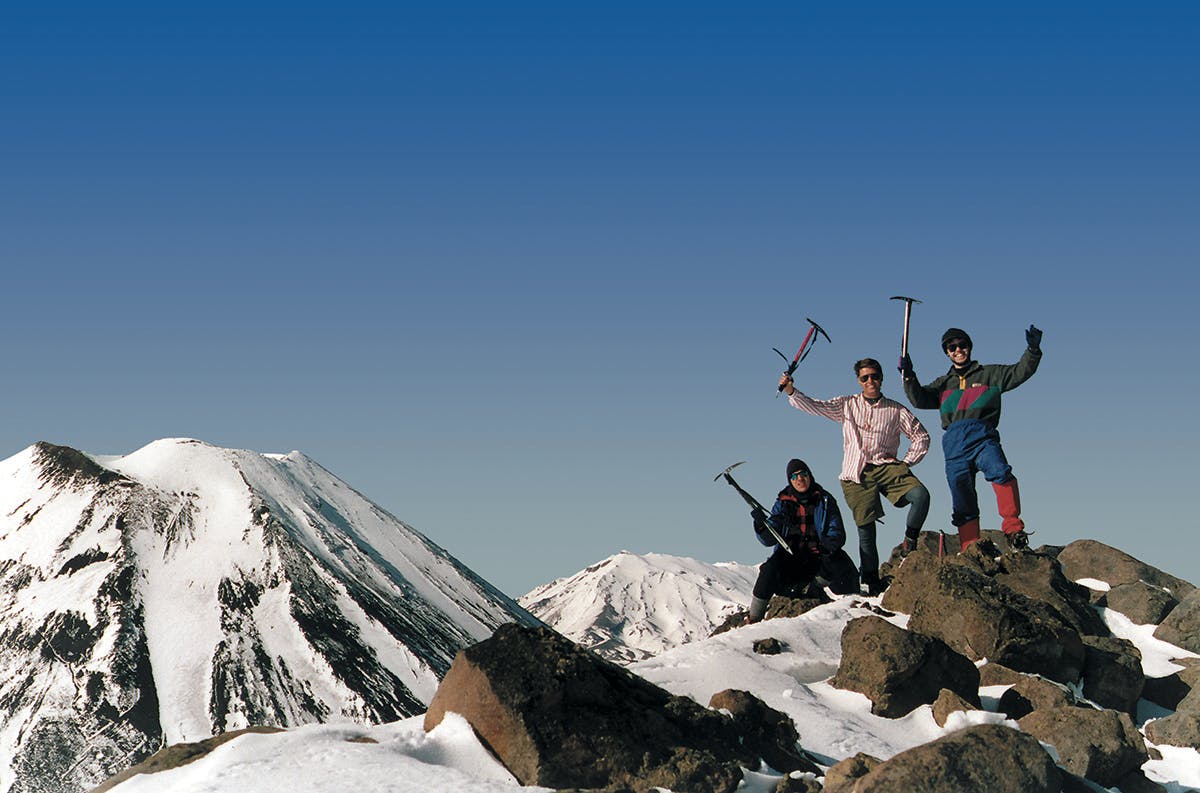
Peak bagging can be an addictive pastime, but it’s a fun way to get fit. Photo: Ray Salisbury
While most of us aren’t true blue, bonafide mountaineers like Sir Ed, there are literally hundreds of hills waiting for the imprint of your boots. ‘Tramper’s peaks’ do not require technical gear such as ropes, harnesses, helmets and the like.
Remember to plan the ascent properly, tell someone where you’re going, or preferably share your summit attempt with a companion. Better to try something and fail, than to try nothing and succeed.
TIP Visit www.peakbagging.org.nz for a comprehensive list of 124 ‘tramper’s peaks’ you could attempt. These range from easy Auckland volcanoes to more remote mountain destinations. This website includes a leader board where you can log all the mountains you’ve managed to top.
6. Plan a multi-day trip
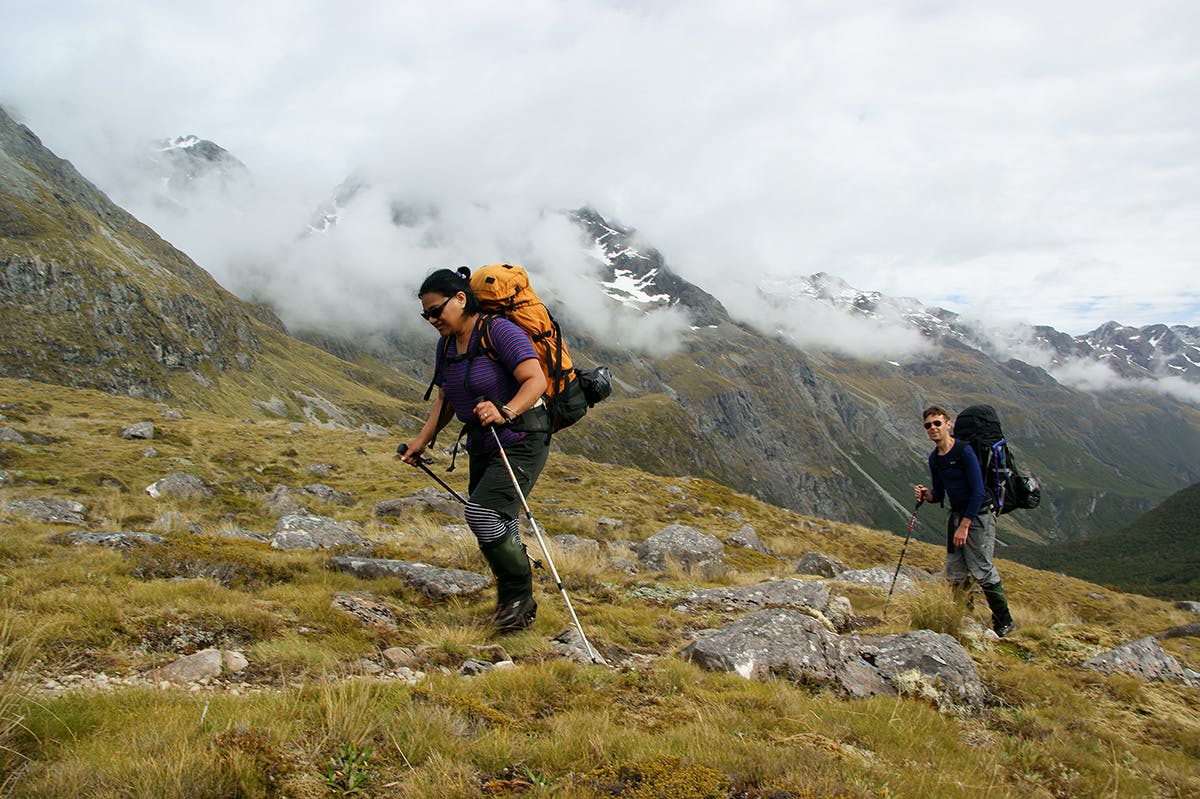
Grab a guide book or browse Wilderness to help plan your next multi-day trip. Photo: Ray Salisbury
There’s no better way to really make a lifestyle change than to ‘go bush’ for a while. Usually people need more than three days in the wilderness to detox before they can gain a fresh perspective on their life. Depending on your fitness, experience and lifestyle, this could range from completing a Great Walk to attempting the entire 3000-km Te Araroa Trail from Cape Reinga to Bluff.
TIP Rather than buy a dozen Topo50 Maps for a long expedition, purchase mapping software of the entire country, or the North or South Islands, on a single disc. From your computer, print out high-resolution A4 colour maps of your exact route onto waterproof paper – these are easier to use in windy conditions.
7. Train for an endurance race

Endurance events can provide the necessary motivation to get fit. Photo: Ray Salisbury
Get competitive and take on other like-minded enthusiasts. From the legendary Coast To Coast to more sedentary, less-epic events, there’s more than 100 trail runs each year in New Zealand, plus dozens of multi-sport ones to compete in – whatever floats your boat. Wilderness now publishes NZ Trail Runner which offers training advice, inspiration and event listings. Check it out at www.wildernessmag.co.nz
TIP Set yourself shorter goals before the big event, whereby you can reflect on your progress to date. Sometimes a little pressure can bring out the best in you.
8. Join the club
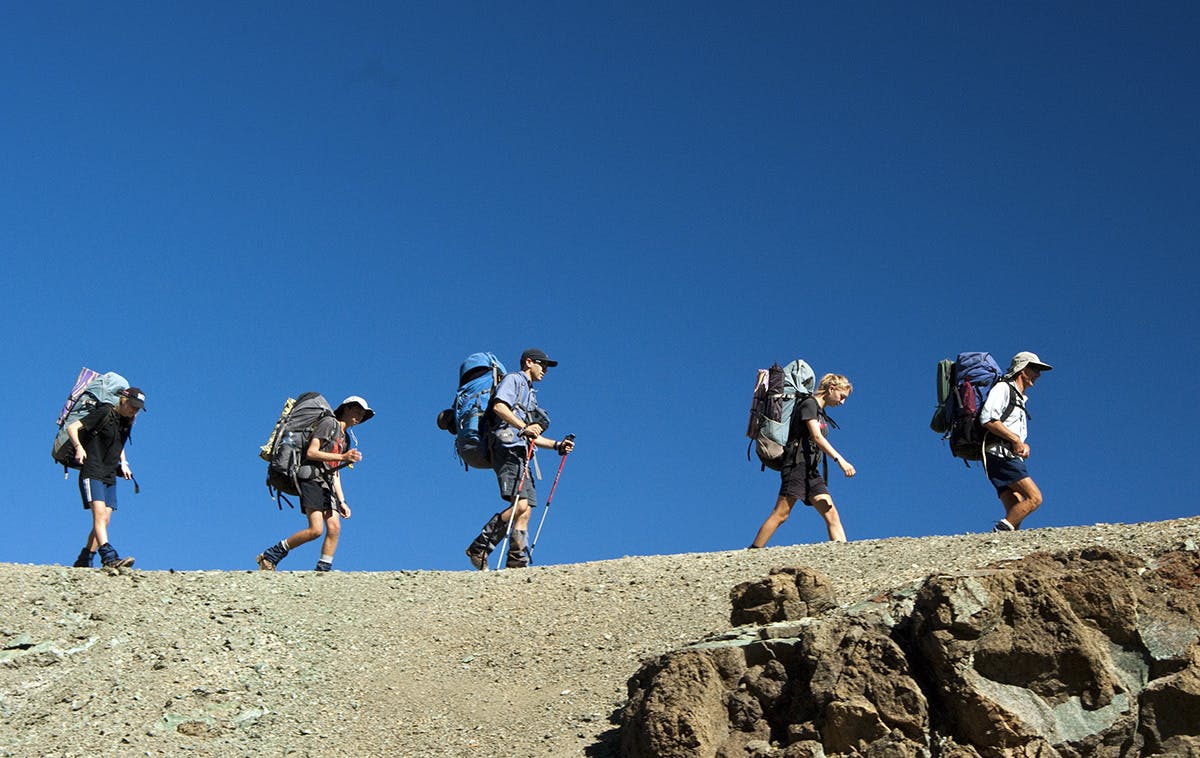
Nelson Tramping Club members do the hard yards in the Red Hills of the Mt Richmond Forest Park. Easter trips are a great way to meet new people. Photo: Ray Salisbury
Birds of a feather flock together, and in a tramping, biking, climbing or kayaking club, you can rub shoulders with like-minded souls. It’s loads more fun, too, and you will learn from the shared knowledge of more experienced veterans. Tramping clubs are cheap to join; they give you discounts at outdoor retailers; they have gear you can borrow (e.g. locator beacons), and they give you a political voice via the Federated Mountain Clubs which represents them.
Land Search and Rescue and Mountain Safety Council are on the lookout for experienced personnel to help run their operations. The Scouting movement is making a resurgence and needs dedicated volunteers.
TIP Look in your local paper or scour the Internet to locate your local outdoors clubs.
9. Complete a course
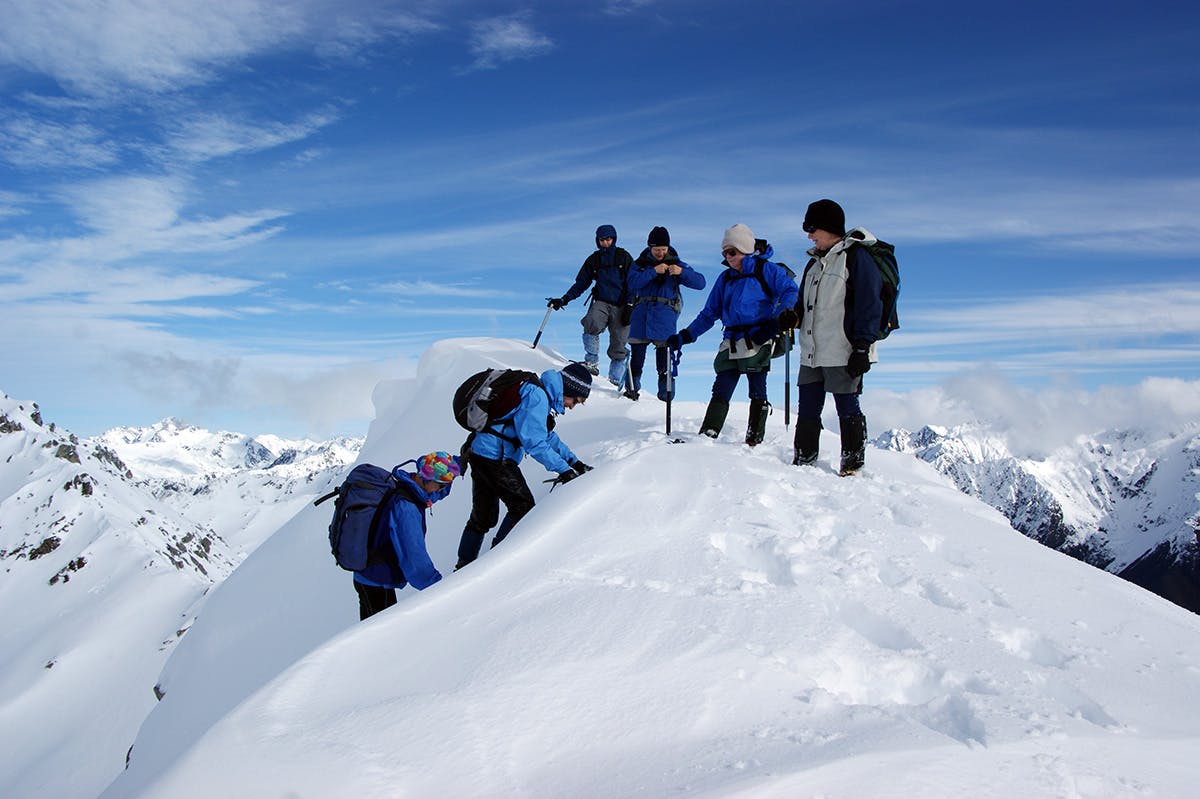
Upping your outdoors skills will boost confidence and open up new experiences. Photo: Ray Salisbury
Sometimes a little structured learning can be a gateway into enjoying the wilderness more because your knowledge can make the experience safer. Acquiring new skills and more confidence can also enable you to push yourself further and higher.
In the past, tramping clubs ran a plethora of skill-based learning opportunities, and many still do. In the modern era we now have specialist training organisations with qualified instructors. Try your local Mountain Safety Council group, who regularly run day and weekend courses in bushcraft, river safety, first aid and risk management. (See www.mountainsafety.org.nz.)
Alternatively, book a full-on adventure with the Sir Edmund Hillary Outdoor Pursuits Centre which holds a range of exciting courses for all levels. And, if you’re really serious about becoming a full-time outdoors guru, enrol at a polytechnic and gain some serious qualifications.
TIP See the September 2012 and upcoming 2013 issue of Wilderness for outdoor career opportunities and education prodviders.
10. Learn the flora and fauna of New Zealand
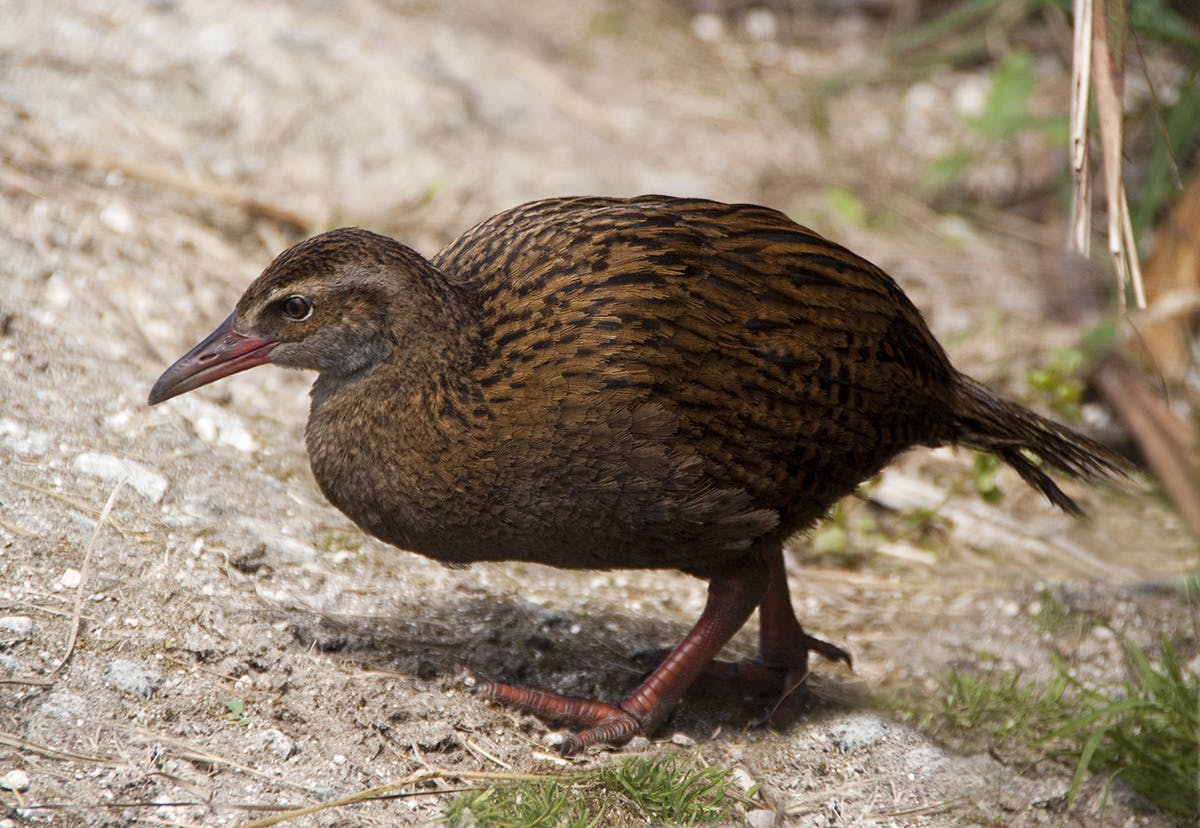
The ubiquitious woodhen, or weka, is easy to recognise, but how well do you know the less-obvious birds? Photo: Ray Salisbury
Can you name all five varieties of beech tree? Do you know which berries are edible and which ones are poisonous? Can you recognise which native birds are singing in the forest canopy above you? Buy a field guide or birdsong CD and impress your friends with your new-found knowledge.
11. Bag a hut
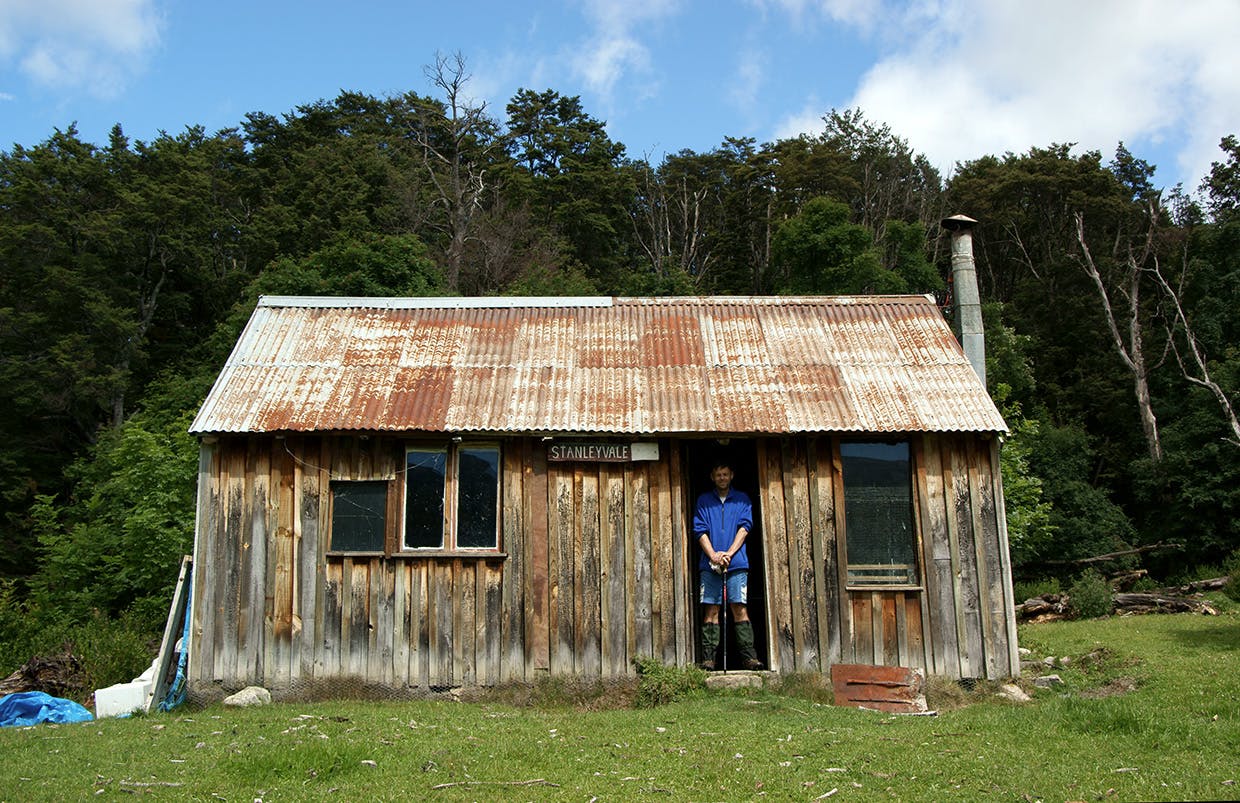
Bagging the rustic hut at Stanley Vale, a stone’s throw from Lake Guyon and the Waiau River. Photo: Ray Salisbury
There are more than 950 DOC huts in the New Zealand backcountry, plus dozens of others which are maintained by tramping, climbing and ski clubs. Huts make excellent destinations in their own right, and the more use our huts get, the more likely the government will value and protect this iconic part of Kiwi culture.
Several DOC conservancies now publish large hut posters for sale, and there’s a full list of accommodation on their website. Wilderness roving editor Shaun Barnett has recently co-authored a new book on the subject, Shelter From The Storm, to inspire a passion for exploring these places.
TIP Rather than go to the trouble of visiting DOC and purchasing hut tickets, go the whole hog and get an Annual Hut Pass for $122 (adult). Visitors to New Zealand often buy the cheaper six-month version if their stay in Aotearoa is shorter.
12. Help a conservation group
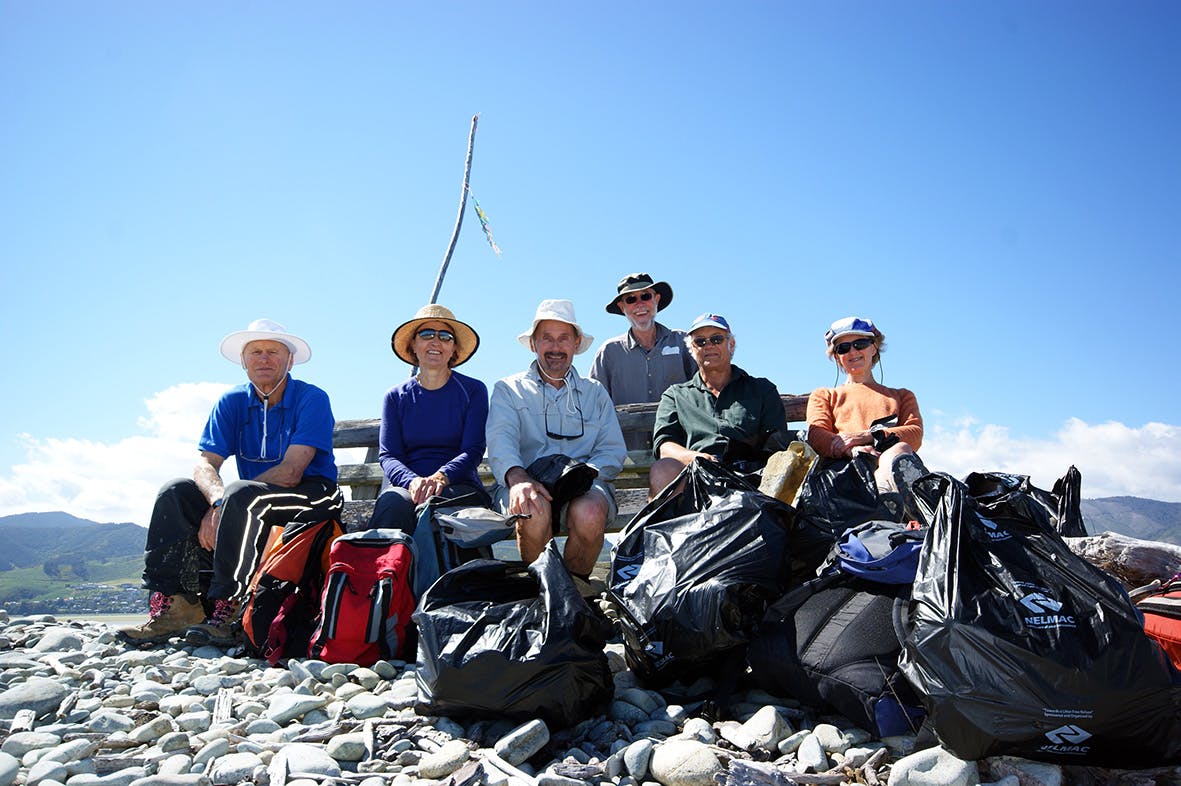
Volunteers from a tramping club fill bags of debri on Nelson’s Boulder Bank. Photo: Ray Salisbury
Get down and dirty with your local DOC rangers. Plant trees, or trap stoats. Donate to Forest and Bird, or volunteer to be a hut warden on a popular track. Join FMC in writing submissions to the government against commercial development of the conservation estate. This can be your way to leave a legacy that lasts.
TIP Check the DOC website for volunteer opportunities, courses, teaching inspiration, events and donations.





